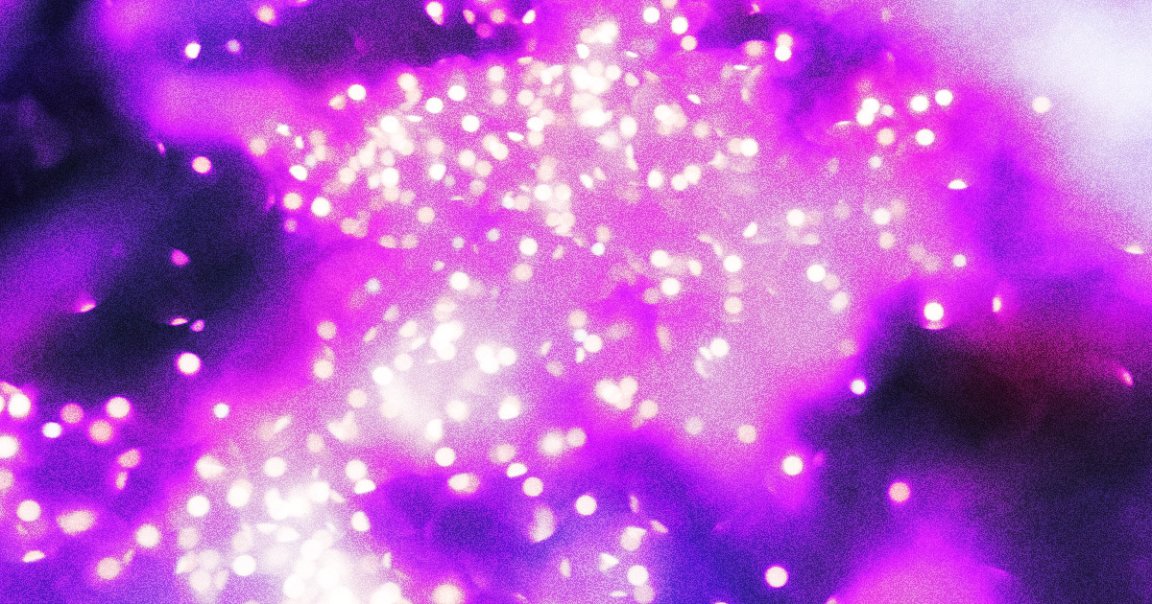
Shiny Solution
There are ways of cooling the planet, and then there are cool ways of cooling the planet. Spending decades grinding up something approaching a quadrillion dollars worth of diamonds into dust, and then dispersing the powdered gemstones into our atmosphere? That falls into the latter.
Contrary to what you might think, such an audacious idea wasn’t conceived by some sci-fi writer huffing fumes, but by researchers performing a rigorous scientific exercise. The point isn’t necessarily whether this is a feasible or even good idea on its own — rather, the value lies in seriously weighing up all our options as we stare down the barrel of near-certain climate doom.
With that in mind, how would this — hypothetical — approach work? As detailed in a study published in the journal Geophysical Research Letters, injecting about five million tons of diamond dust into the atmosphere each year would be enough to cool our planet by nearly 2.9 degrees Fahrenheit.
Sure, it would take 45 years of nonstop injections and cost nearly $200 trillion — but the intervention would be enough to keep us just under the 2.7 degree warming threshold, past which the catastrophic effects of climate change are believed to be irreversible.
Atmos-Fears
This feat of solar geoengineering — via the deliberate release of small particles in the atmosphere — is known as stratospheric aerosol injection. The study also examined the use of sulfur, a far more practical option, along with five other aerosol candidates.
Using a 3D climate model, the researchers separately simulated the effects of using diamond, sulfur, and the other aerosols over nearly five decades, paying particular attention to how they coagulated, or clumped together, and how long they lasted in the atmosphere, a process known as sedimentation.
Too much coagulation causes heat to be trapped in spots instead of reflecting it, since the particles need to remain diffuse for the whole plan not to backfire. And of course, if the aerosols don’t last long up there, neither will their supposed benefits.
In both respects, the pulverized diamonds really shined: they didn’t clump, and they also stayed airborne, with the added bonus of resisting being turned into acid rain, Science notes. Sulfur, on the other hand, was the second worst of all the candidates because it tended to clump a lot.
Done and Dusted
That being said, sulfur remains an attractive and probably our best option because it’s “basically free,” Douglas MacMartin, an engineer at Cornell University whose work was cited in the study, told Science. We can readily examine its effects on a large scale through volcanic eruptions, MacMartin said, and because it’s a gas, it’d be easier to disperse through aircraft than with the heavy payloads of diamond.
“I do think that it’s interesting to explore these other materials,” MacMartin told the journal. “But if you ask me today what’s going to get deployed, it’s gonna be sulfate.”
As such, we’re probably not going to have a sky shimmering with micro-diamonds anytime soon. But we’re continuing chip away at the huge question marks around deliberately tampering with our climate, making a study like this “really valuable,” Shuchi Talati, founder of the Alliance for Just Deliberation on Solar Geoengineering who was not involved with the study, told Science.
“You need to understand the early-stage physics of potential particles to then have the conversations about broader impacts,” she added.
More on climate change: Plants and Forests Absorbed Almost No Carbon Last Year, Shocking Climate Scientists